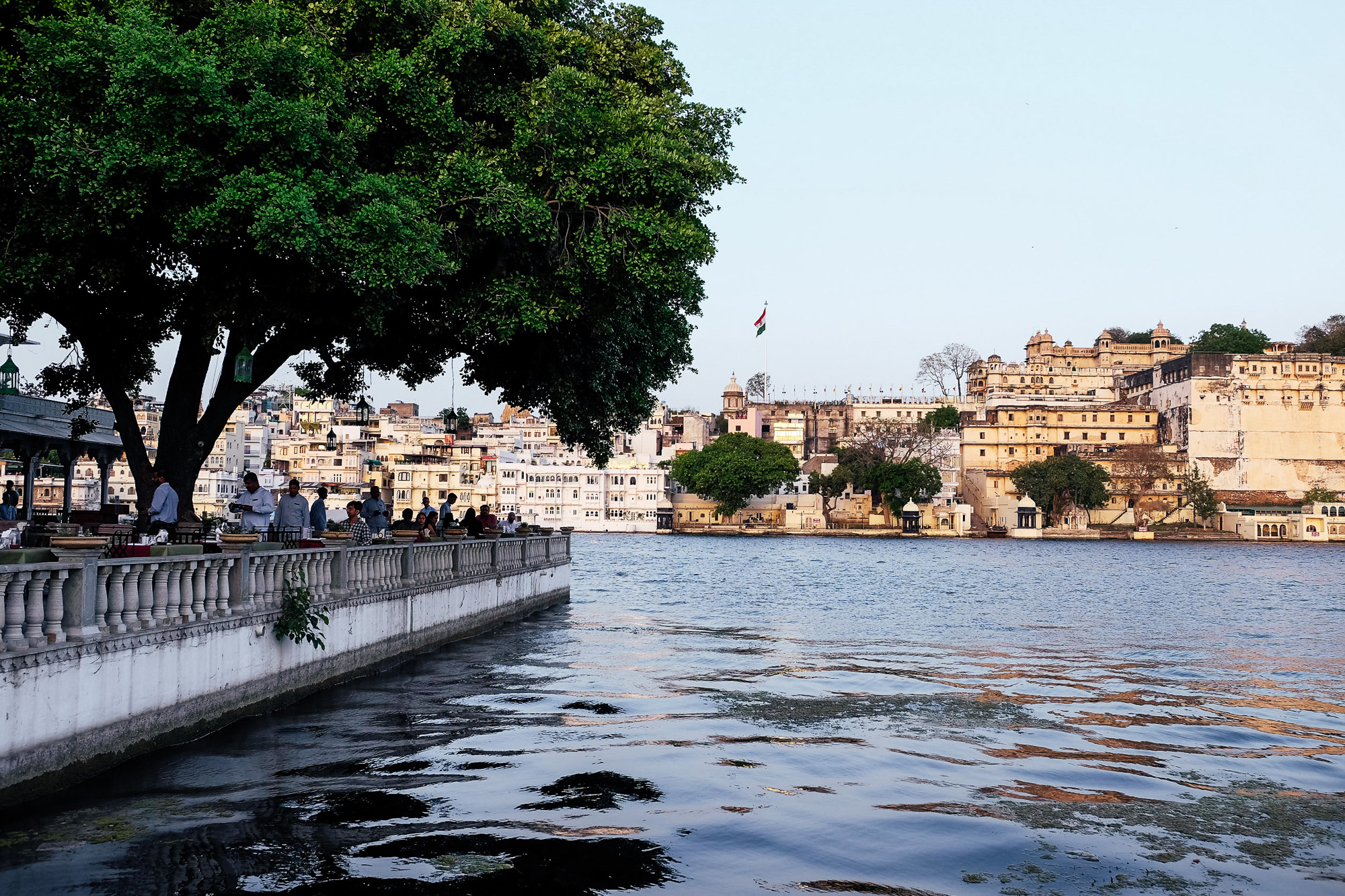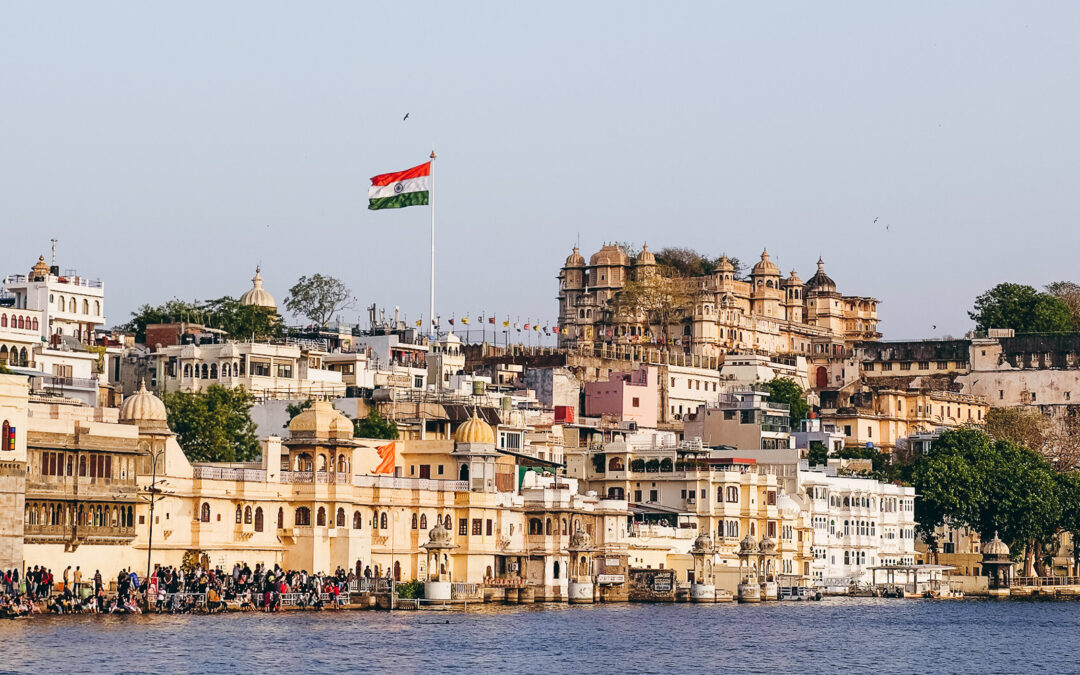India is rather far from the US (an understatement, I know), so despite my long-held dreams of visiting it has taken me 25 years to finally make it there. And I would not have it any other way. 25 years ago I could not have imagined that not only would I finally journey to India with my beloved partner, but that we would already have friends there— friends whose work in social change and community wellbeing we supported for virtually for two years during a pandemic.
And that is the gift of following a sense of vocation: the chance to see your dreams and your passions come together in unexpected ways. When Aaron and I started our nonprofit nearly 4 years ago, we focused primarily on serving partners in Latin America. But when Covid began and mental health became a more severe concern for many, we took the unexpected step of expanding our regional reach. When our now-partners, who are based in Rajasthan, heard about our program, they wrote to us and asked to have a call. They hoped to create a wellbeing promotion initiative for thousands of teachers in their state, and they wanted us to help them write it. The rest is history.
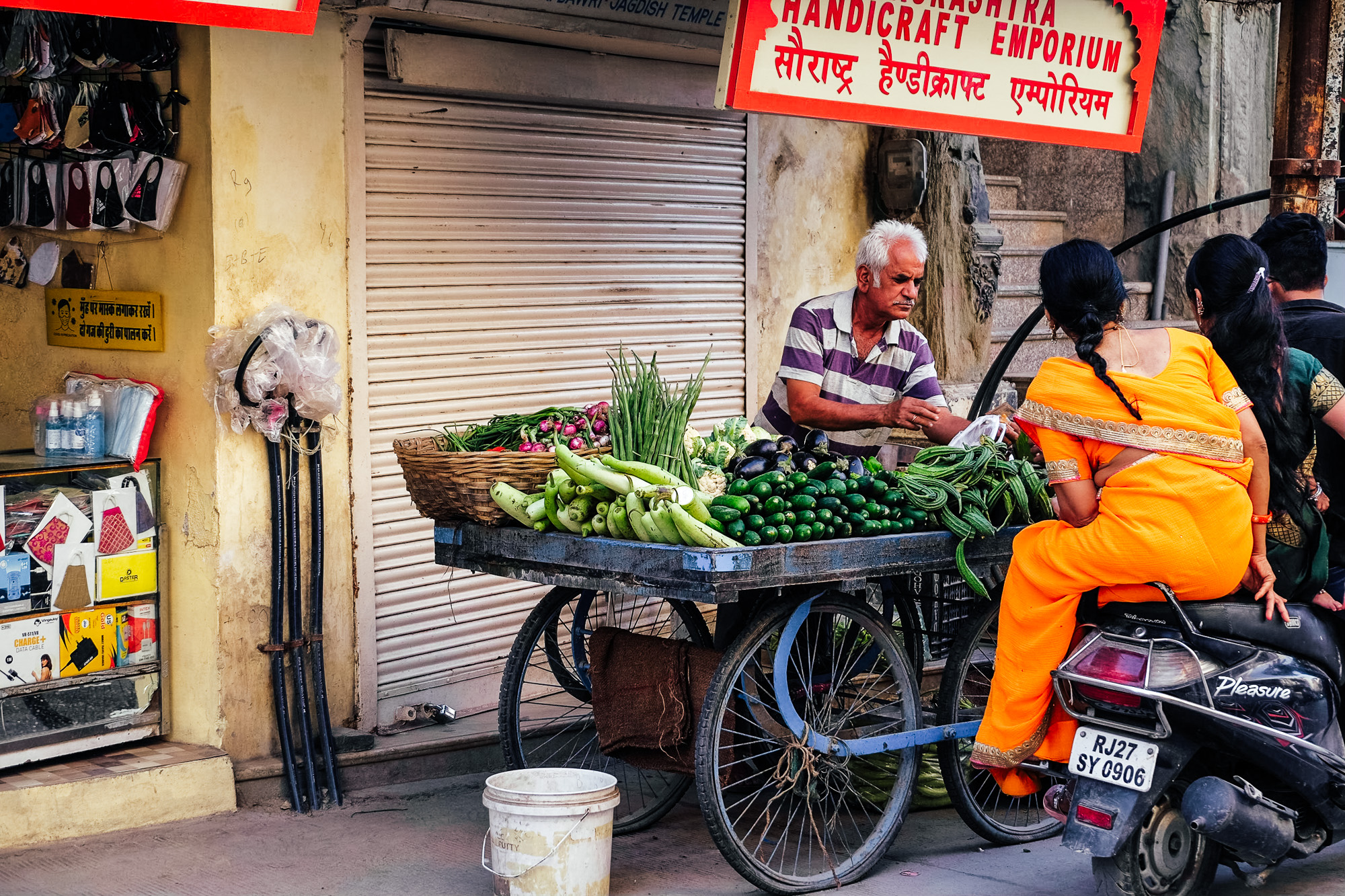
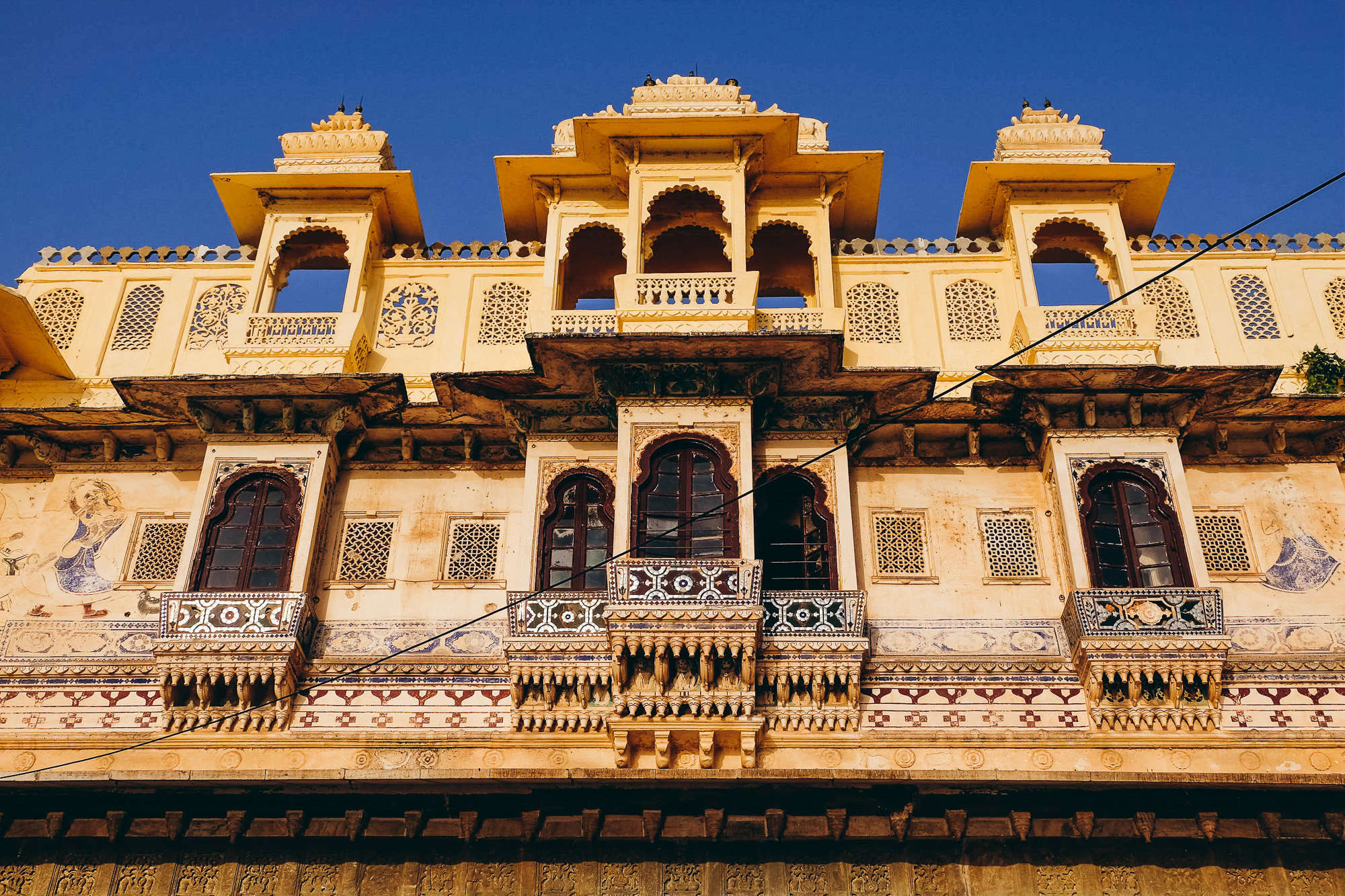
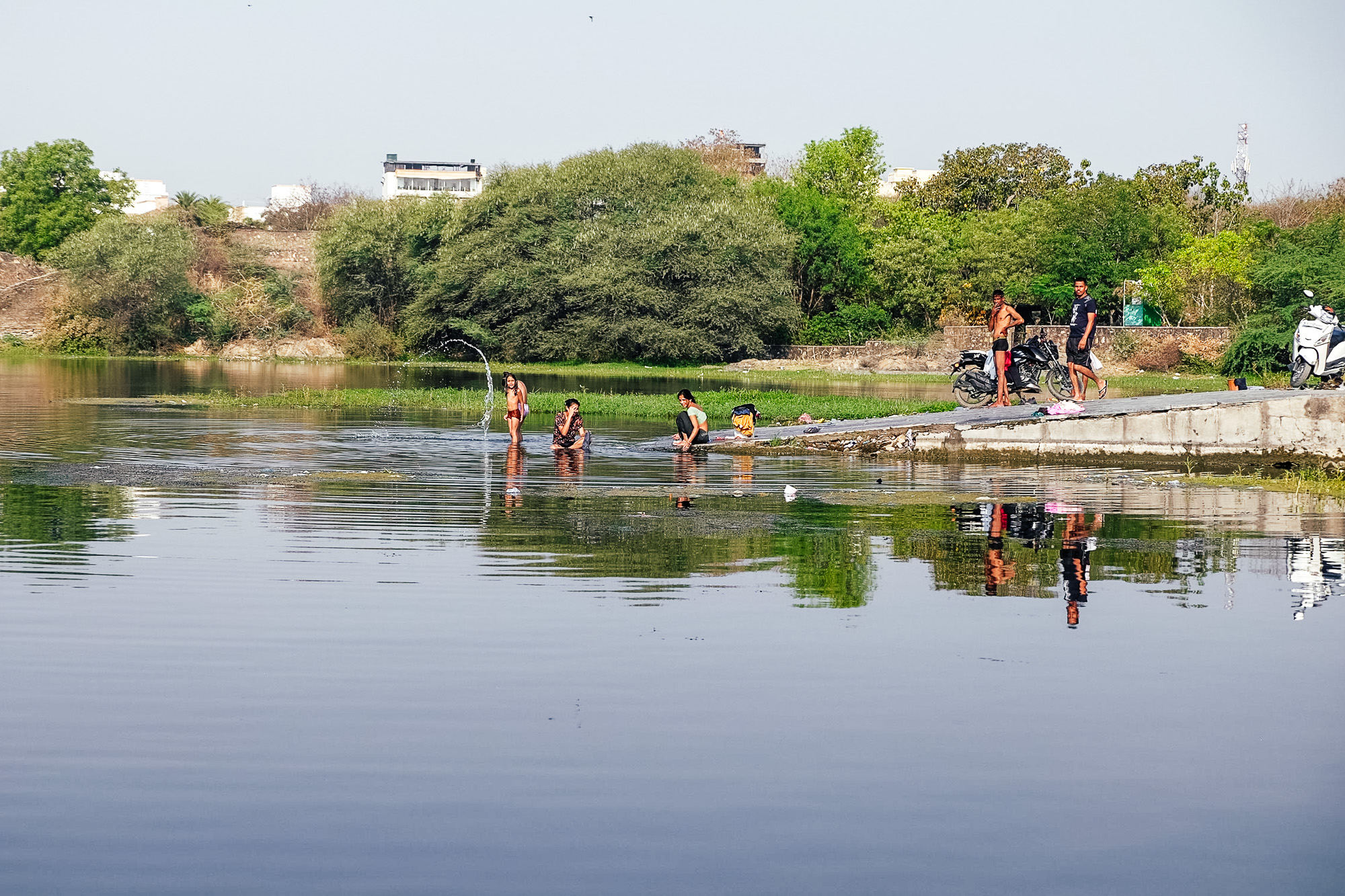
A trip with multiple intentions
As travel has become more possible in 2022, we have taken 3 international trips so far related to our work. And this has meant preparing ourselves in multiple ways. Our journey to Rajasthan was, first and foremost, a trip to visit our partners: to finally hug them, dine with them, collaborate with them, and most importantly understand the environment in which they lived, worked, and loved. We were there to learn with our bodies what our minds and hearts had already begun to absorb.
And of course I was hoping to wander, explore, photograph, and simply be a traveler. The city of Udaipur, where our partners live, happens to be a stunning destination popular amongst tourists. Furthermore, I love desert cultures, and Rajasthan has some of the world’s most vibrant. Situated on the western part of India bordering Pakistan, the state boasts palaces and forts that sparkle with the interchange of ideas from East to West, as sojourners over thousands of years traded, married, and conquered their way through the region.
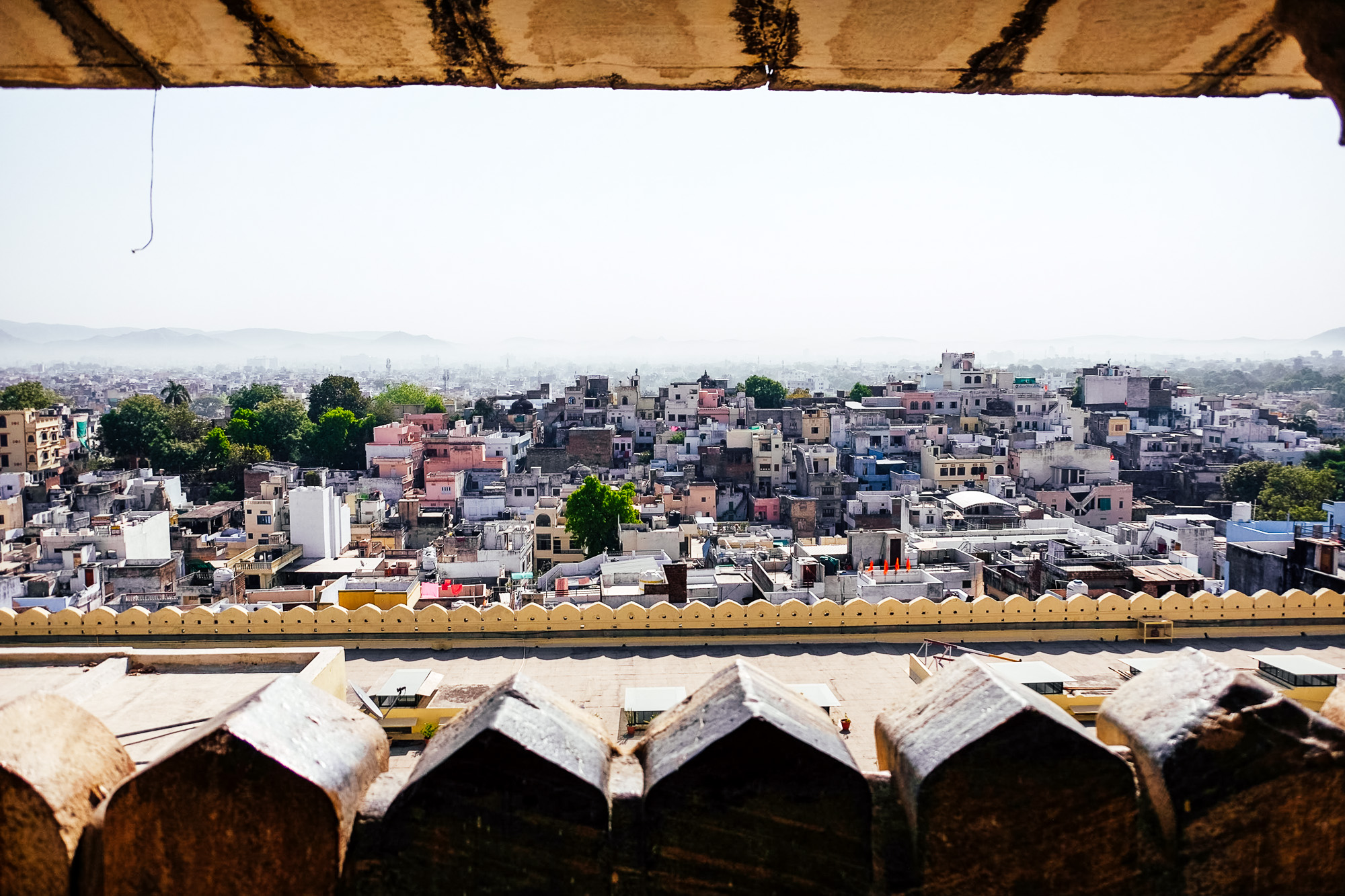
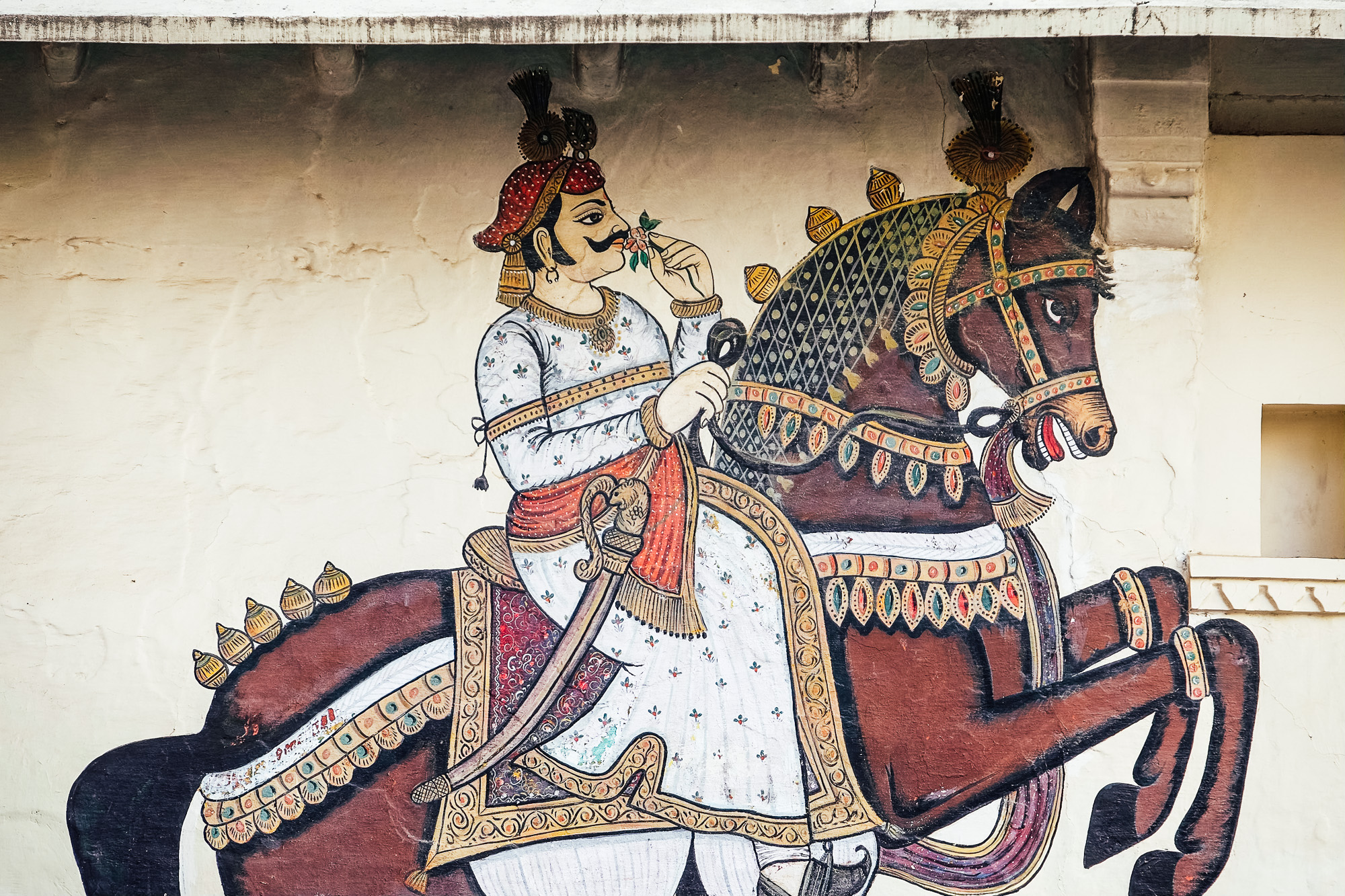
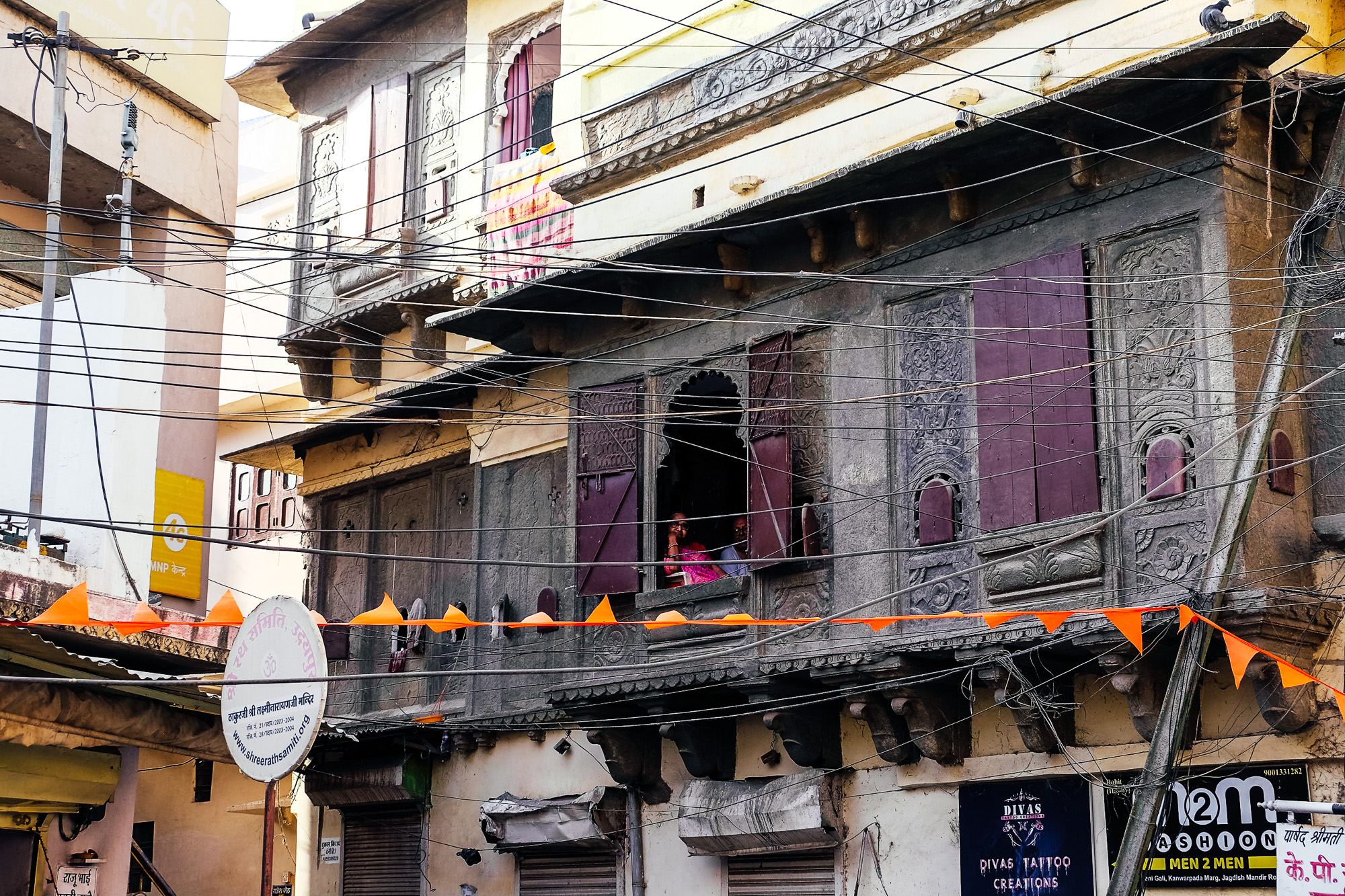
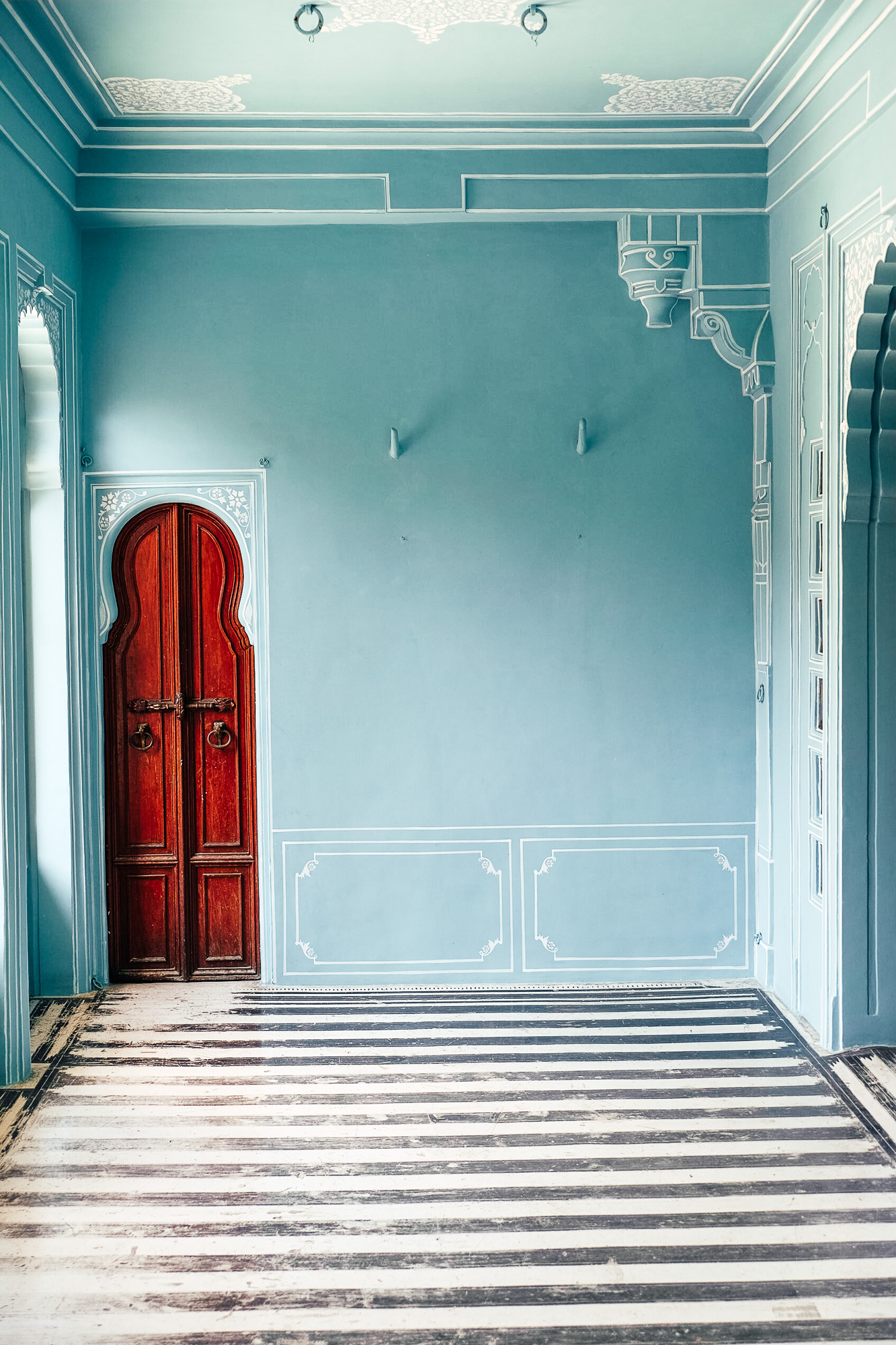
Setting aside a few fears
Despite my love of travel, my body struggles with it every time. It generally does not matter where in the world we go. My stomach is sensitive to jet lag, my neck is always stiff, and some other ailment usually reveals itself at the most inopportune time. Needless to say, traveling to India during one of the hottest months of the year with a 12.5 hour time difference and the constant threat of Covid gave me a bit of anxiety.
Furthermore, many travelers share openly about getting sick in India, primarily because of the water. Reading their accounts, I became increasingly worried about falling ill and lying in bed during our precious days, instead of being with our partners or exploring the beautiful country.
Perhaps most importantly, I was worried about being… embarrassed.
This trip gave me an opportunity to think about why my human body— and its vulnerability to illness— was so troubling for me to accept. And I realized that it was not so much about the pain and discomfort (although, who enjoys nausea?), and more about the way I would need others to excuse me, to support me, to take care of me.
And yet, on the other side of all of this, there is freedom to exist fully in our bodies. I’m discovering that the only compassionate way to respond to pain is to show up fully to it, just as we would show up to joy, to love, to kindness and peace.
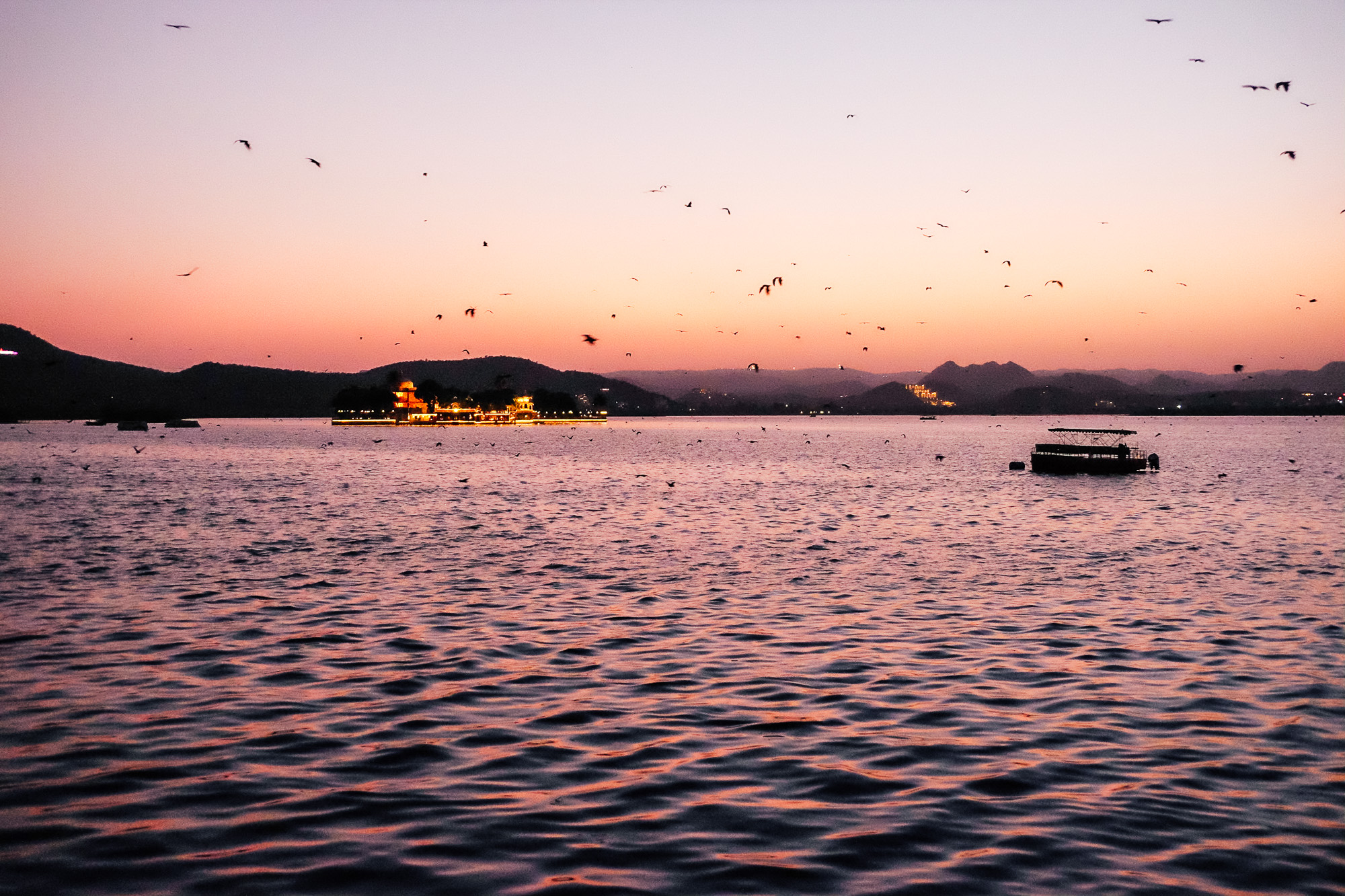
Udaipur is gorgeous and layered
There is quite a bit of tourism infrastructure in Udaipur, at least around the old town. A number of luxury hotels claim prime lake real estate, with intimate hostels and small boutiques interwoven throughout the narrow streets. Several tourist-friendly eateries appear on lists all over the internet, and generally it is all super delicious (if overpriced for locals).
But, like most places, Udaipur is not the oasis many international visitors, who only stay for a few days, experience. Beyond the palaces and havelis (old mansions), boat rides and 100-rupee rickshaw rides, are ordinary people living in a complex and shifting reality. The state of Rajasthan, known for the dazzling cities of Jaipur, Udaipur, Jodhpur and Jaisalmer, nonetheless harbors millions of families living in poor, rural areas. Our partners work in some of these places and, according to them, less funding and support come to these regions precisely because even the national government perceives the influx of tourism as somehow having a “trickle-down” effect on poverty in the state. It simply is not true.
This isn’t to say that the people living in these towns outside Udaipur, such as Kotda and Gogunda, are any less creative or resourceful. In fact, we had the honor of spending time with teachers, families, and community leaders (in 105 Fahrenheit), hearing the hopes and stories they had for the region and for India.
“A good teacher is someone who creates a space where children want to return day after day,” one young educator told us. He and his colleague, both in jeans and flip-flop sandals, single-handledly run a school in Kotda. If they don’t show up, the kids get neither an education nor lunch.
We were humbled to speak with them, and to hear them say that the wellbeing-support program we helped to write (featuring contextualized stories and simple practices) encouraged them as covid ravaged the community. What struck me most was the way in which the presence of wellbeing and positive mental health revealed itself in daily courage and leadership. Throughout the community, people were showing up at the most difficult times, in the midst of their pain, to take care of each other.
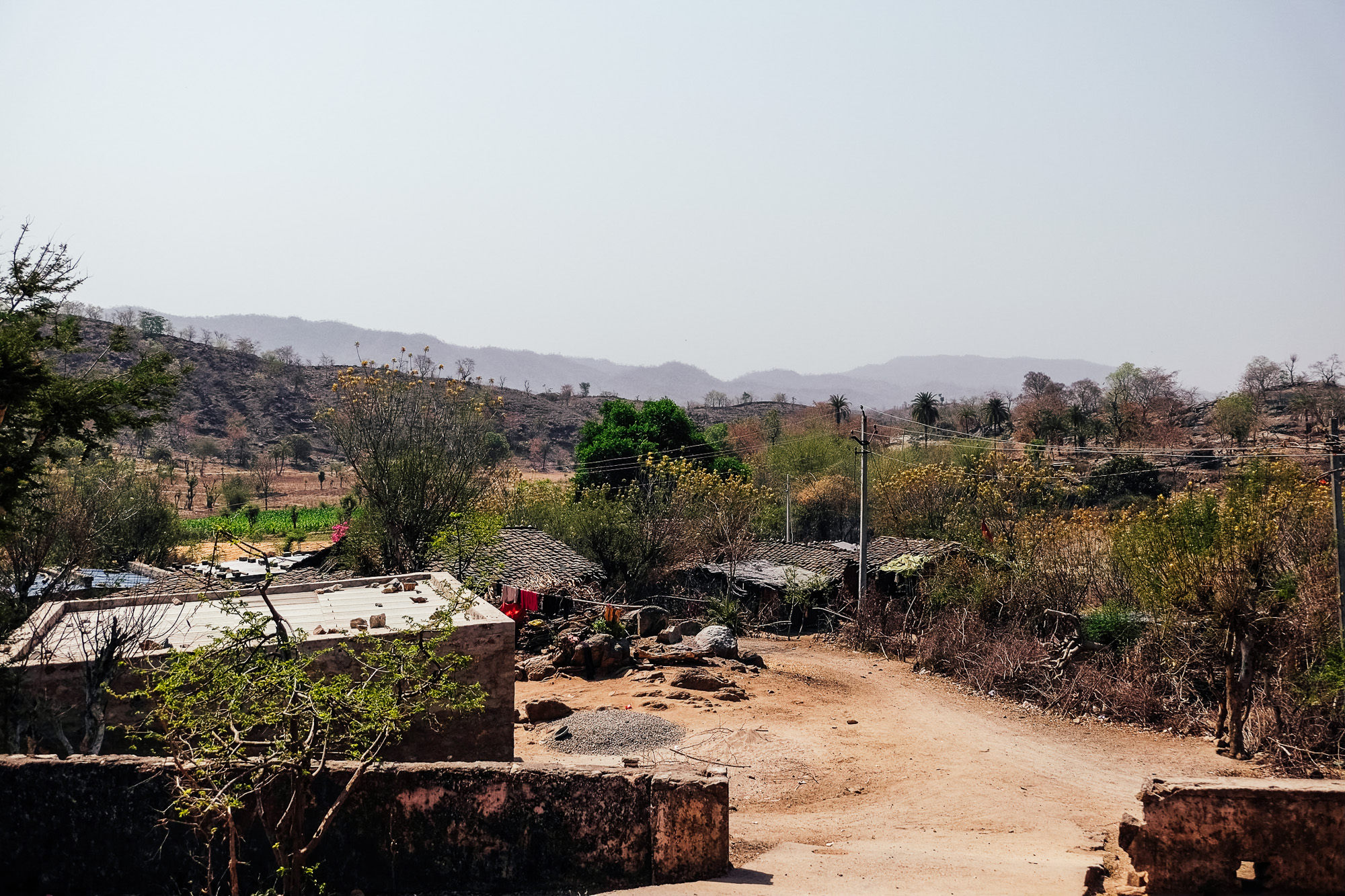
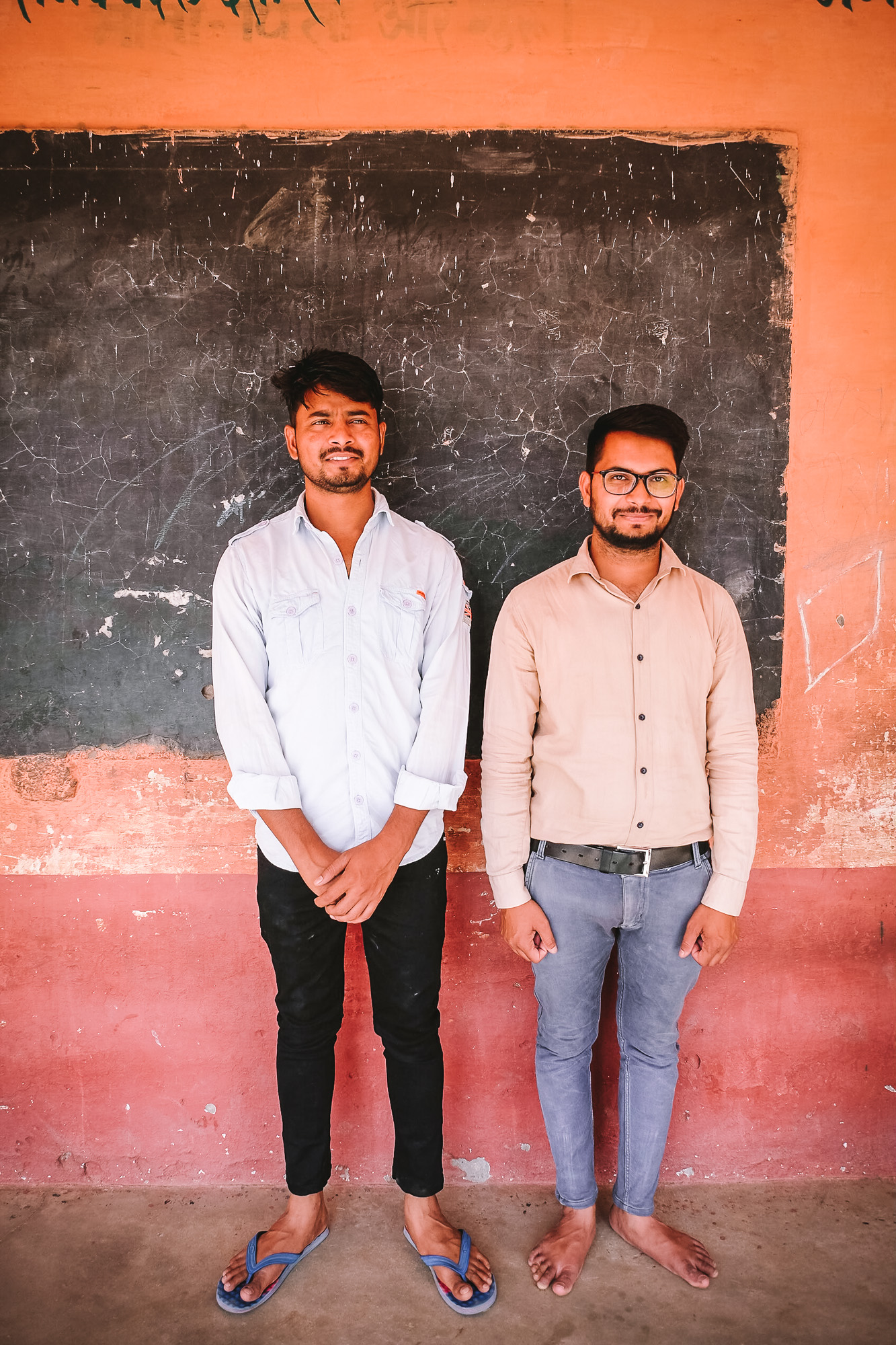
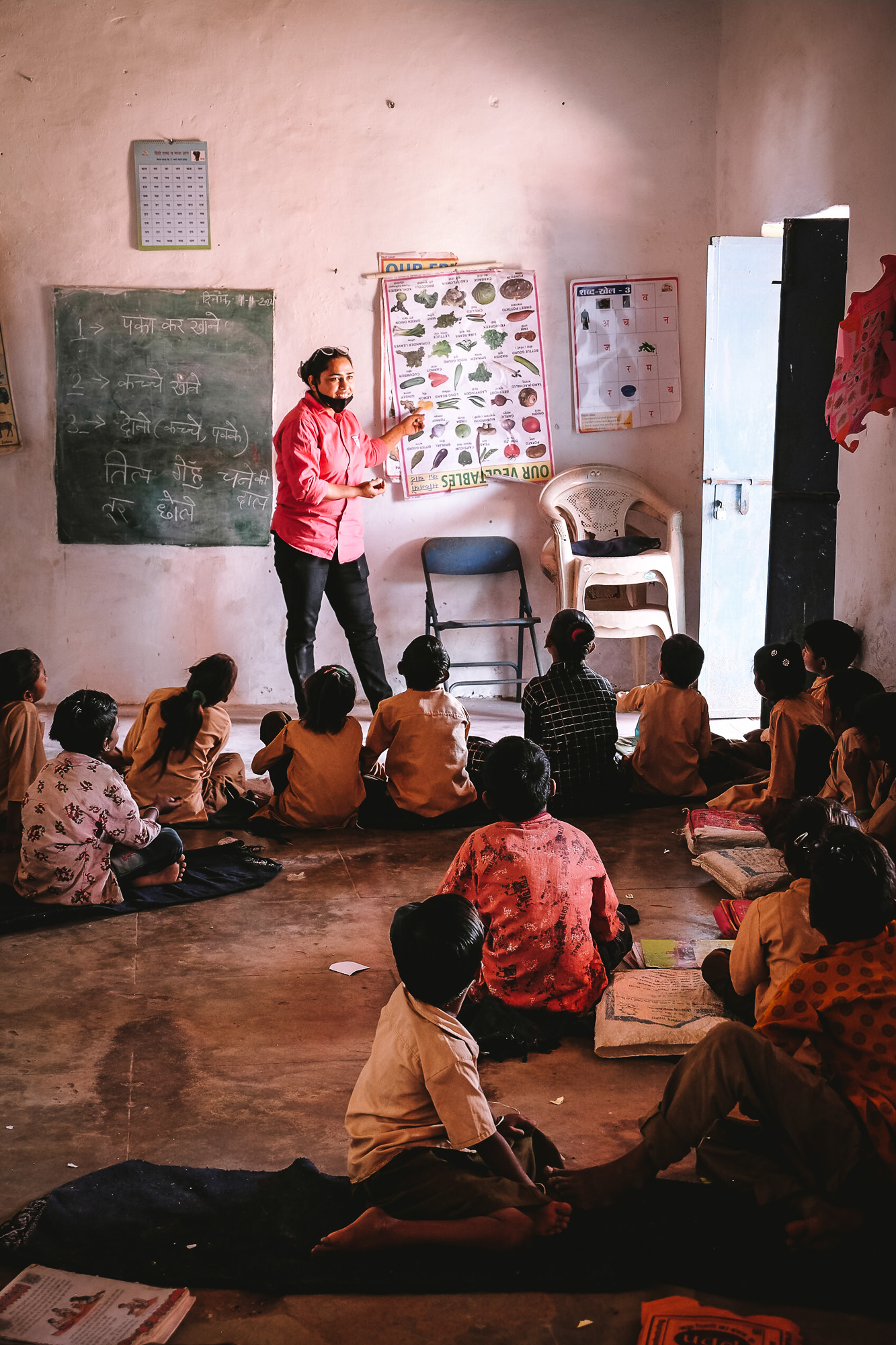
Finding our way back
As our flight took off from San Francisco en route to Delhi, I wondered whether India would be a place I’d return to again and again— or, perhaps, if this was a once-in-a-lifetime journey. Upon boarding for our return, I was already evaluating whether we could make it back in the next couple of years, and when.
There is so much we were lucky enough to see, experience, discover, and taste… and so much we have yet to.
What I do know is that, like nearly every other trip to a faraway place, visiting Udaipur has made us better. We finally understand in greater depth the magnificent people who are our partners for work. We now have an idea of just how vast and exceedingly delicious Indian cuisine can be. And we know a bit more about what “the good life” means to people who live in some of the most challenging circumstances.
As we departed one of our hotels, a staffperson tied a red string around our wrists. This is a tradition at local Hindu temples— reportedly to help absorb bad energy.
“A blessing for your journey,” he said.
I had mixed feelings (incredibly grateful, but was I culturally appropriating? why weren’t more women wearing these strings?), but in the end here’s where I rested my thoughts: someone wanted to bless me today. And that is enough.
